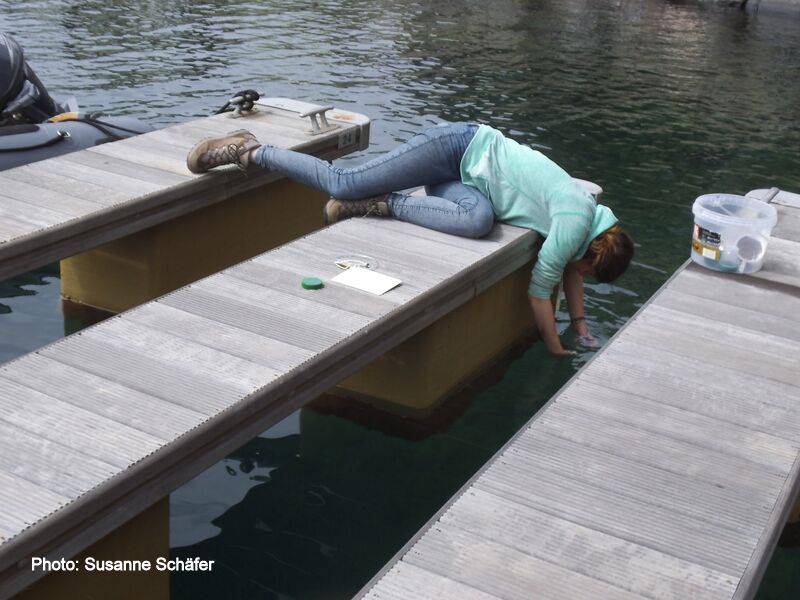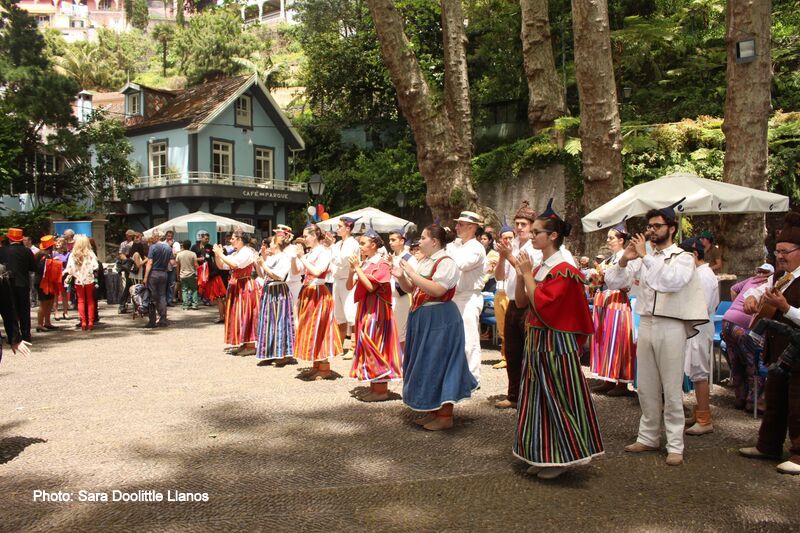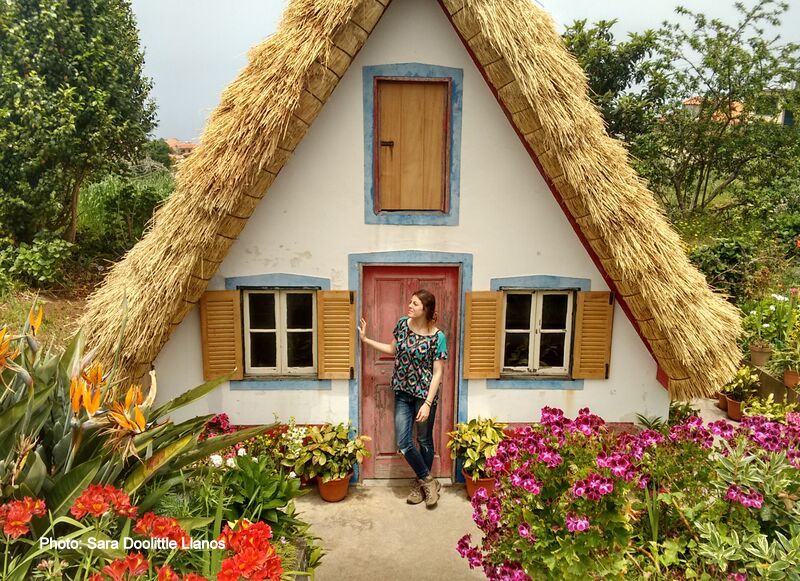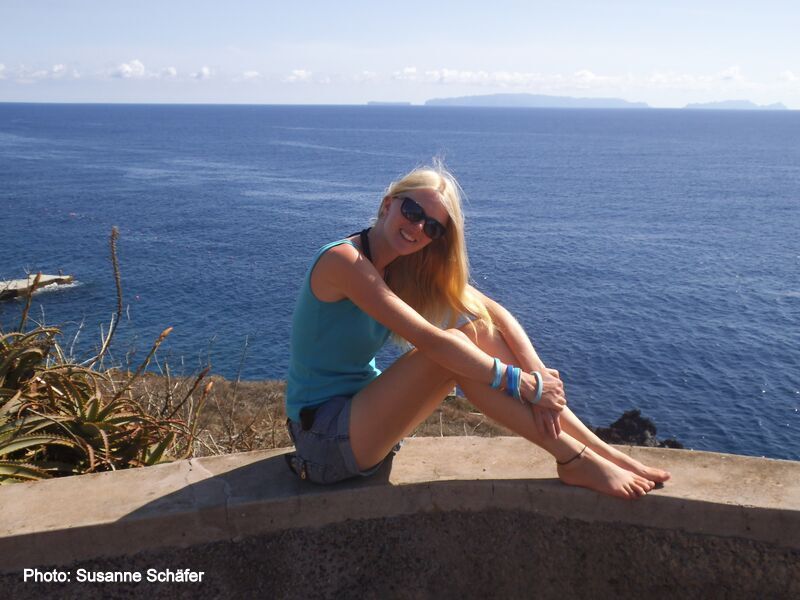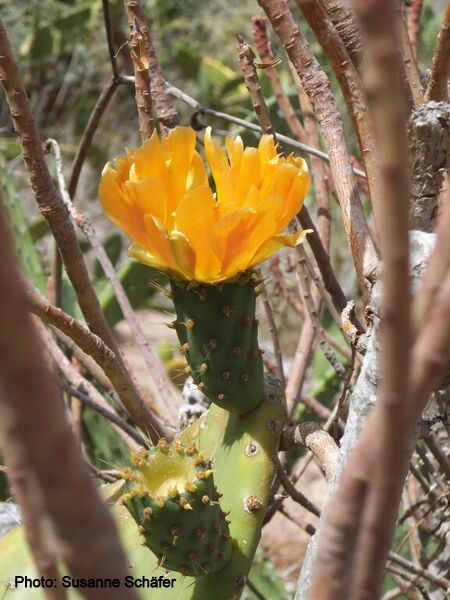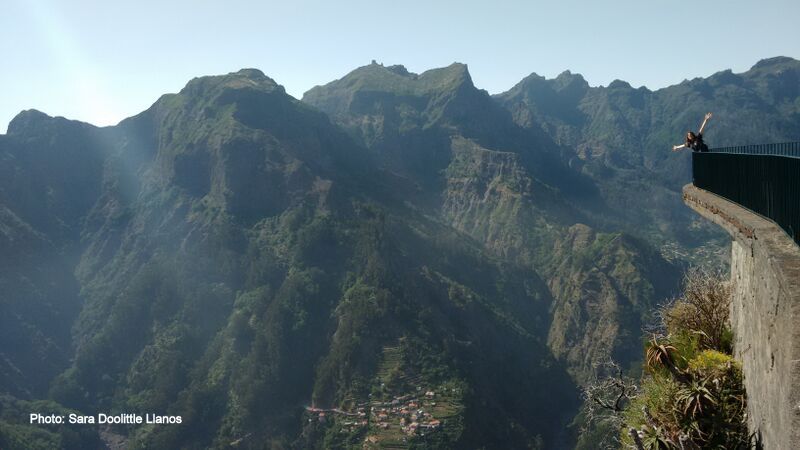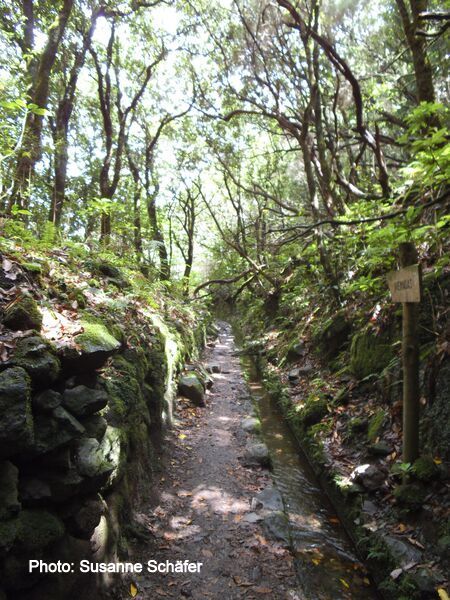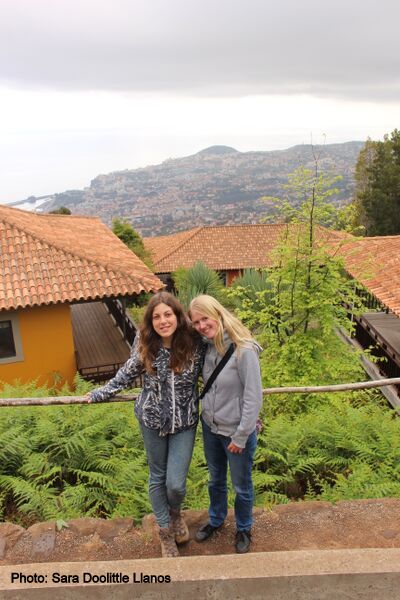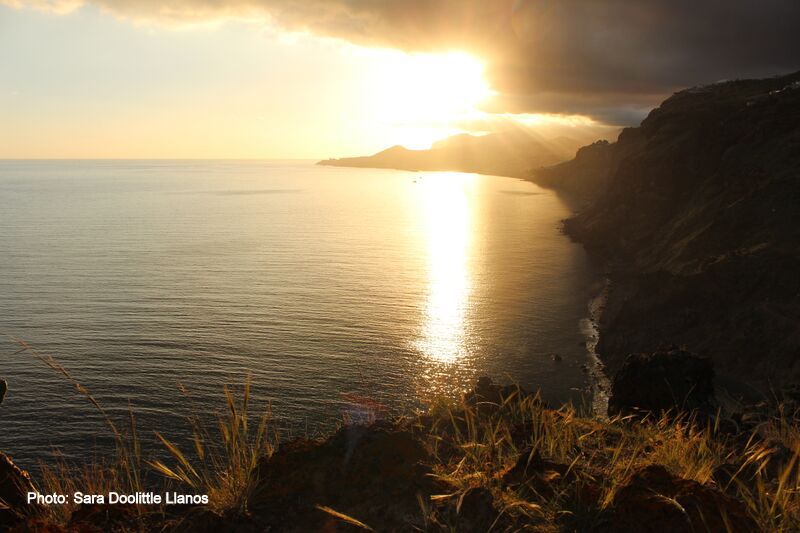It has been around three months since Susi and I, Sara, arrived on the island of Madeira, Portugal. Although Susi, from Berlin, has been to Madeira many times before, and I, from the north of Spain, am visiting it for the very first time, our opinion of this little island that makes you squint when you look for it on a map is the same: it is simply stunning.
Of volcanic origin, it is full of dramatic landscapes: from mountain tops above the clouds to cliffs that abruptly fall hundreds of meters into the sea; from the greenest laurel forests, unique in the world, to the arid easternmost edge, full of all shades of brown, ocher, and orange.
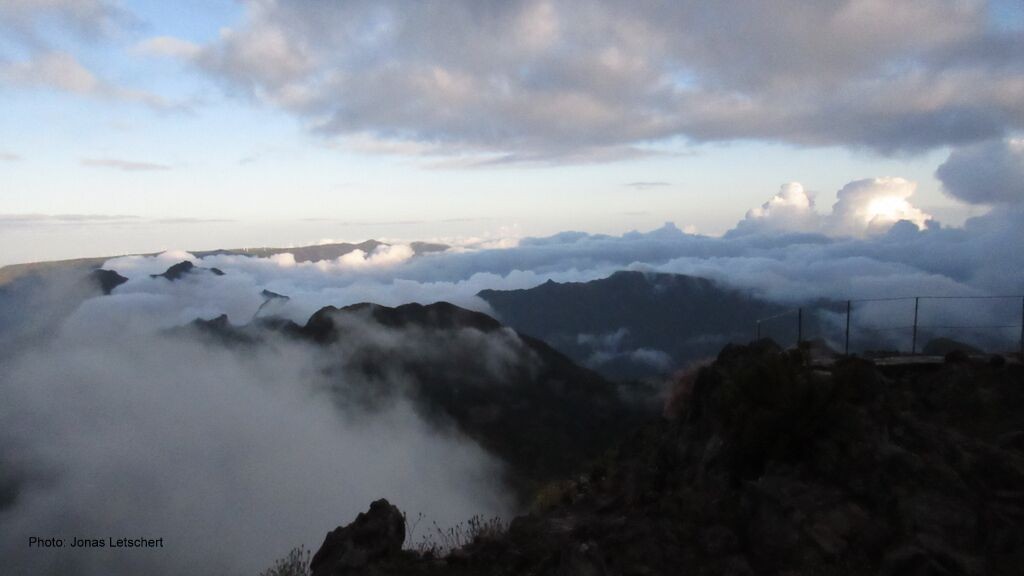
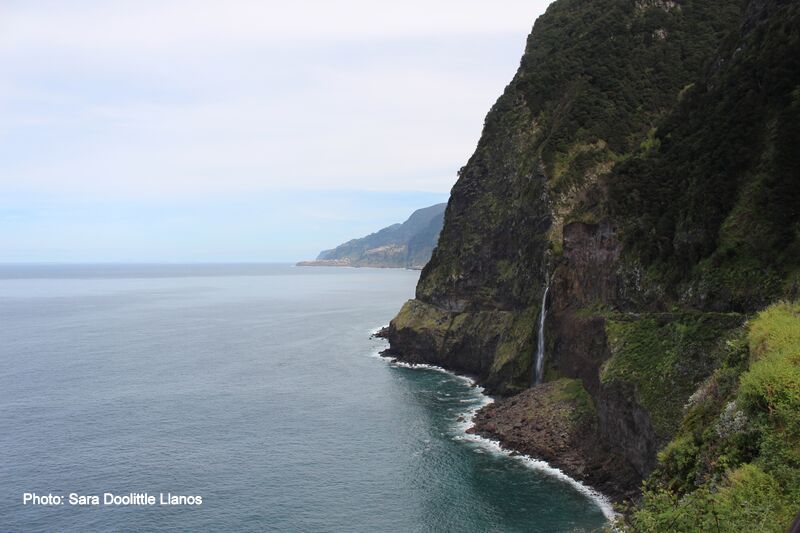
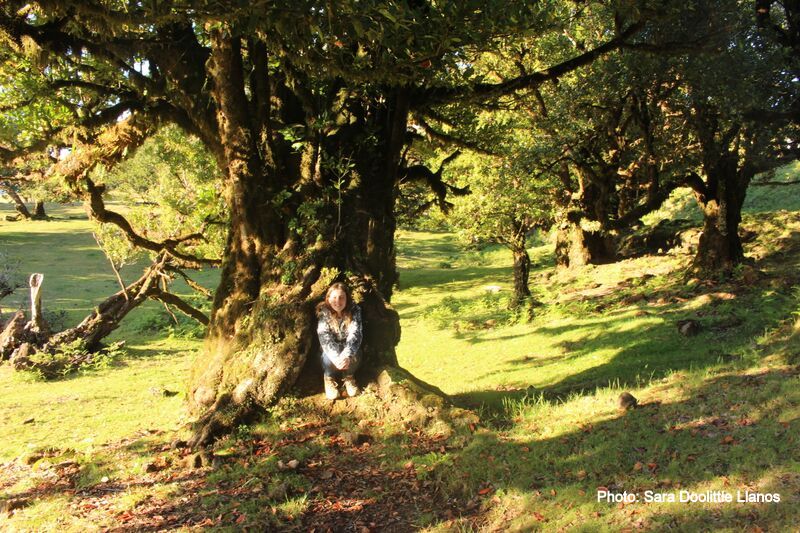
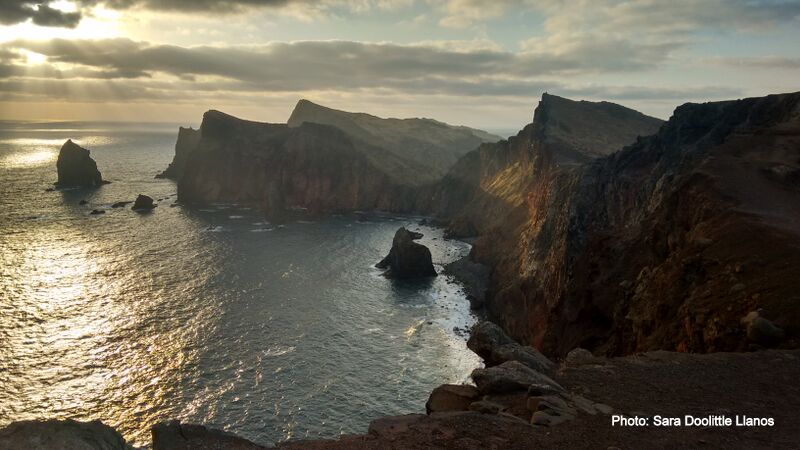
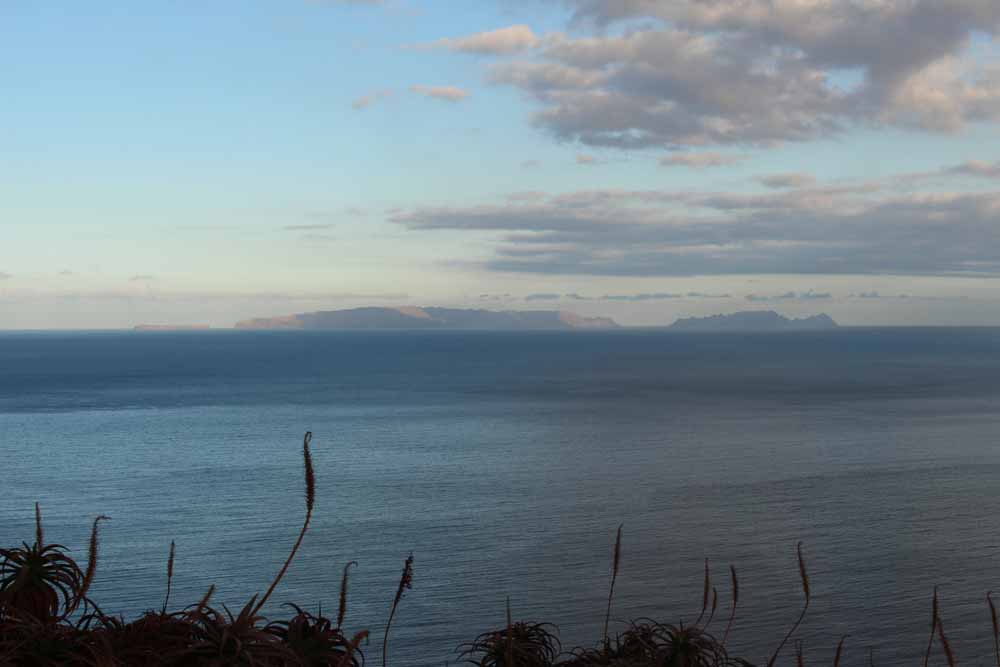
All of this under the close watch of our neighbors the Deserta Islands, which form a nature reserve and are home to monk seals.
These breathtaking landscapes are the perfect backdrop for our daily lives in Funchal. Every day we pass by flowers in the streets and hotels where tourists relax or prepare for dolphin watching as we head to the Estaçao de Biologia Marina.
The “Marine Biology Station” is located next to a rocky beach, which means that we can always count on the soothing background of breaking waves. We share a lab with Funchal’s Natural History Museum, but there’s plenty of space – and plenty of equipment left over from previous GAME teams that we’re using again (Thanks!!).
We’re also lucky to be working with a great team. Joao Canning-Clode, his colleague Patricio Ramalhosa, and intern Jonas Letschert are always happy to listen, help, and propose new ideas for carrying out our experiment successfully. It’s a very comfortable environment, where there is always room for cookies and jokes. They even gave us this as a welcome gift!
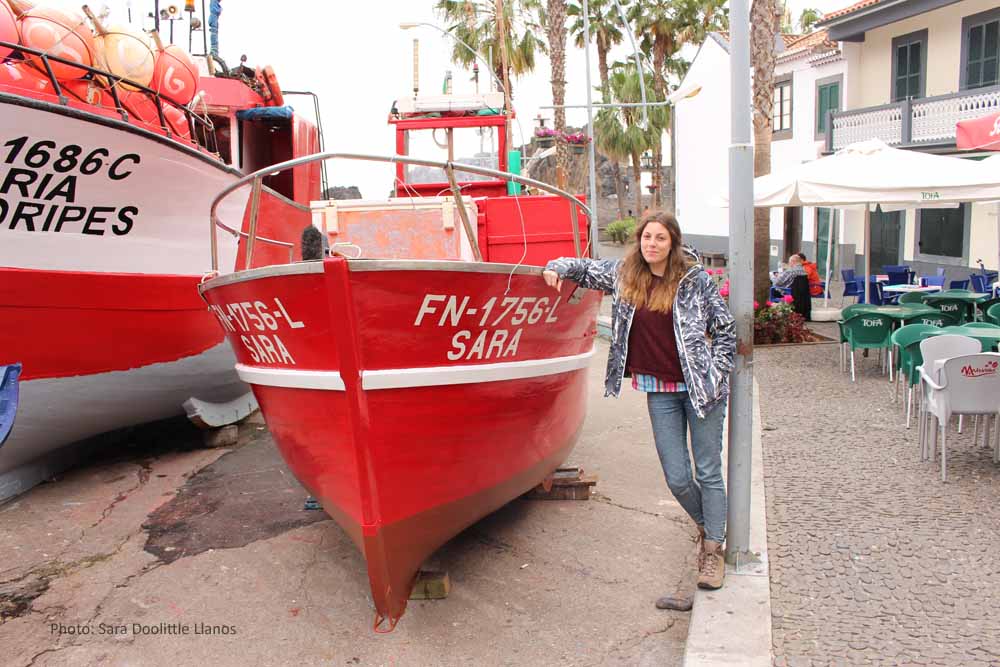
Just kidding, this is stolen.
So far, Susi and I have been really busy, and work has been intense. We built the set-up for our experiment, which in our case has included constructing our own water baths from scratch…
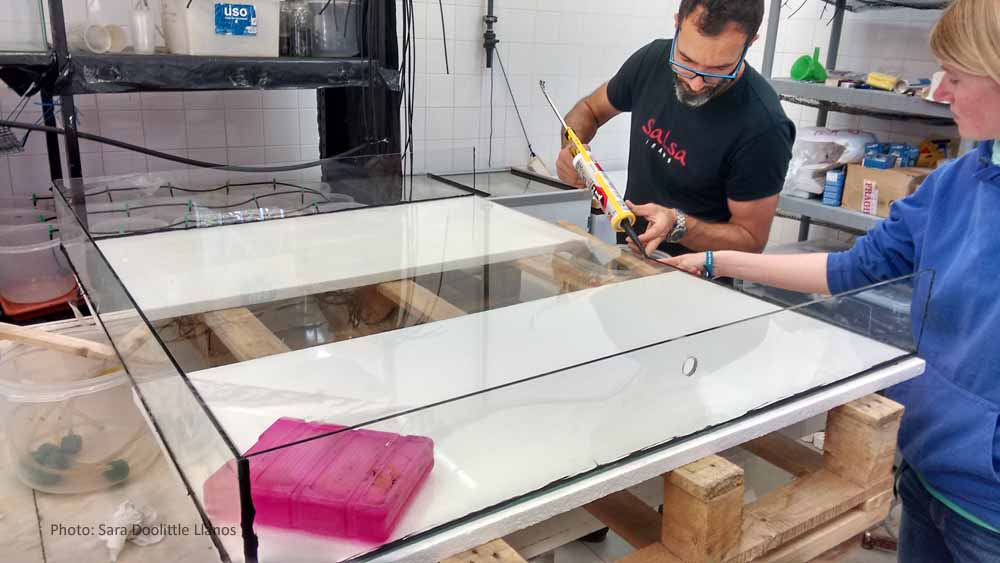
and preparing hundreds of sample units to be filled with anemones. A quick tip on how best to use a soldering iron: put on some good ol’ rock and roll!
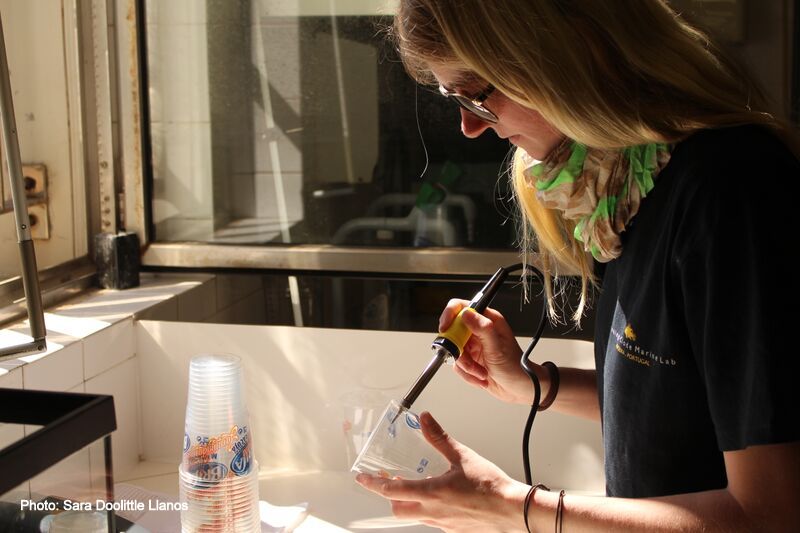
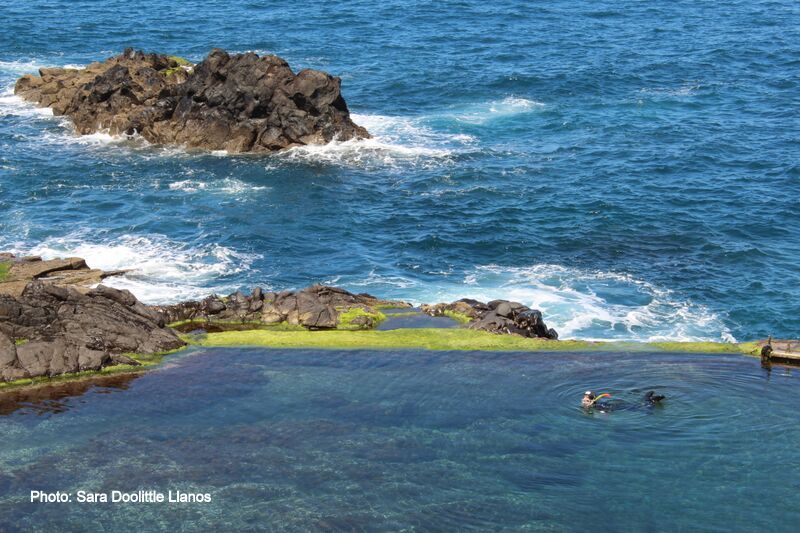
We also had several nice sampling days in the field, where we collected our anemones in the most graceful manner possible.
And now we’ve narrowed down to three beautiful species for our experiment.
Meet Aiptasia diaphana…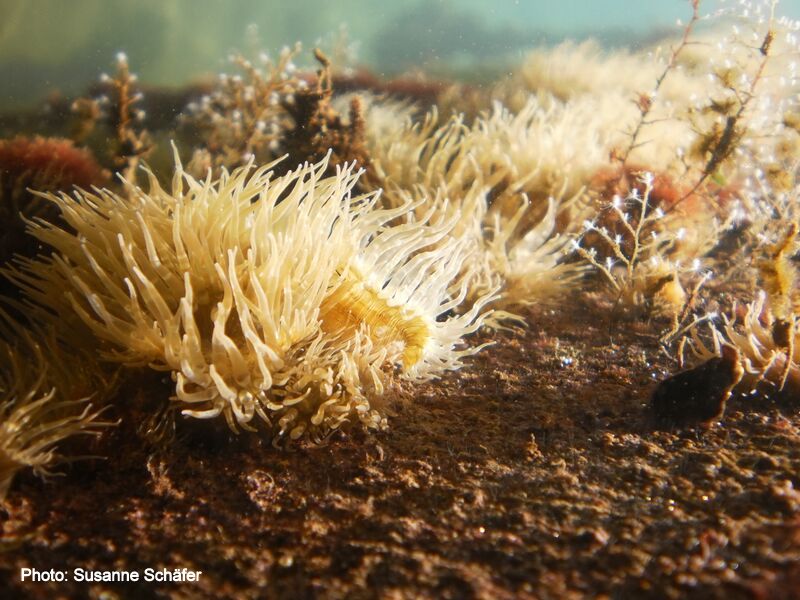
Anemonia melanaster…
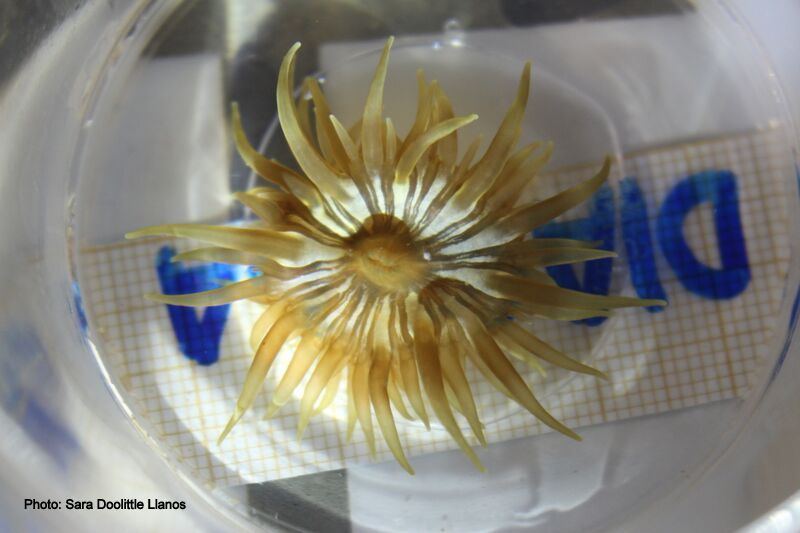
and Anemonia viridis.
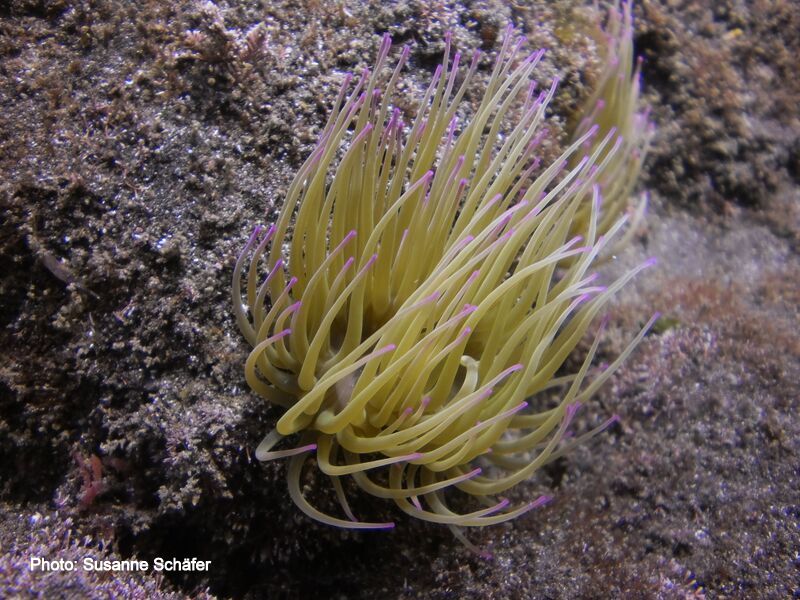
We’ve had them for some time in our lab, where we’ve learned to take care of them and to understand how they behave.
After some weeks, we’re now well into our work routine and have done many test runs on our organisms to learn what makes them tick.
In addition, we keep in contact with the other teams around the world, to share opinions, and to get a sense of how well-accompanied we are in the challenges we face.
And if at any moment we need a break, we just go out to feed the lizards!
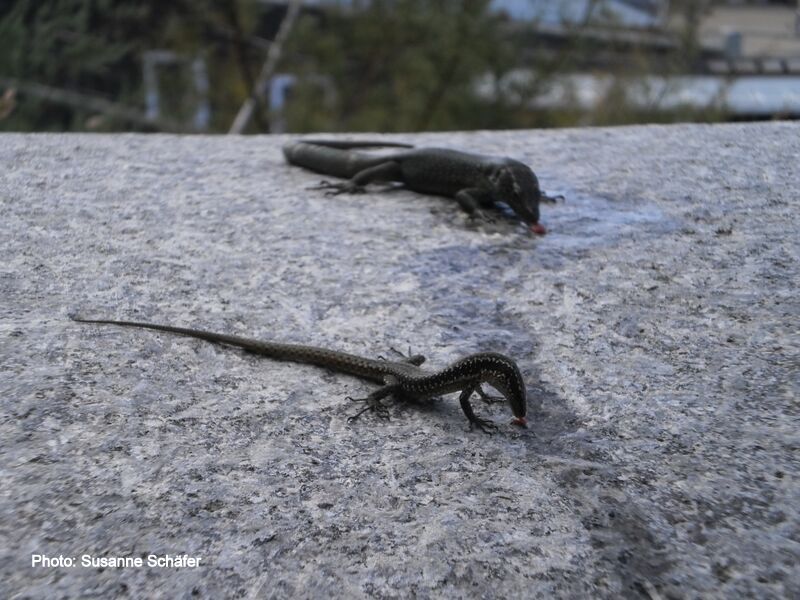
After cleaning up, rearranging our set-up, poring over our results from the pilot study, and battling the summer heat, we will in the coming weeks begin our main experiment. To this end, we will take A. diaphana and A. melanaster and focus on the range in which they go from blooming and being beautiful to becoming measurably affected by the consequences of higher temperatures. We will check for survival, motility, attachment of the anemones to the substrate, appearance, reaction to stimuli, weight and size, and reproduction – all of this while ensuring that they are well fed and comfy!
In this way, we will attempt to grasp what the upper thermal limit of our subtropical species is and then compare this to the results of the other sites around the world.
Although the task can be demanding and we have much to learn, there is time for everything in this subtropical paradise. Social life is abundant, as international and local students mix. Whether it’s enjoying the nightlife, spending days driving around the island, or scuba-diving, the wonderful experiences seem to just go on and on.
